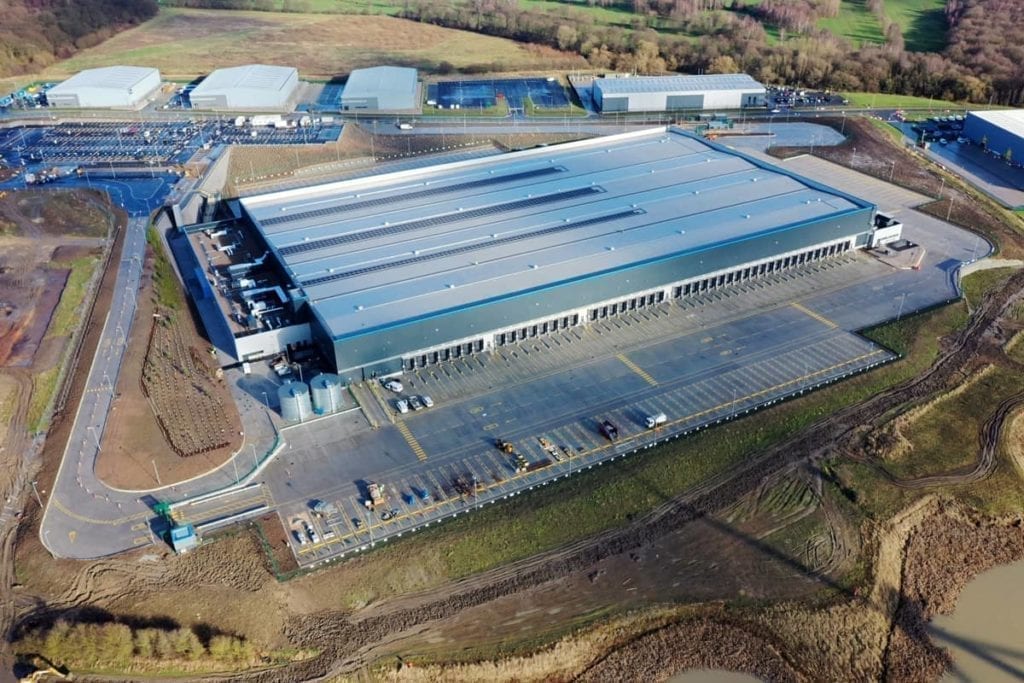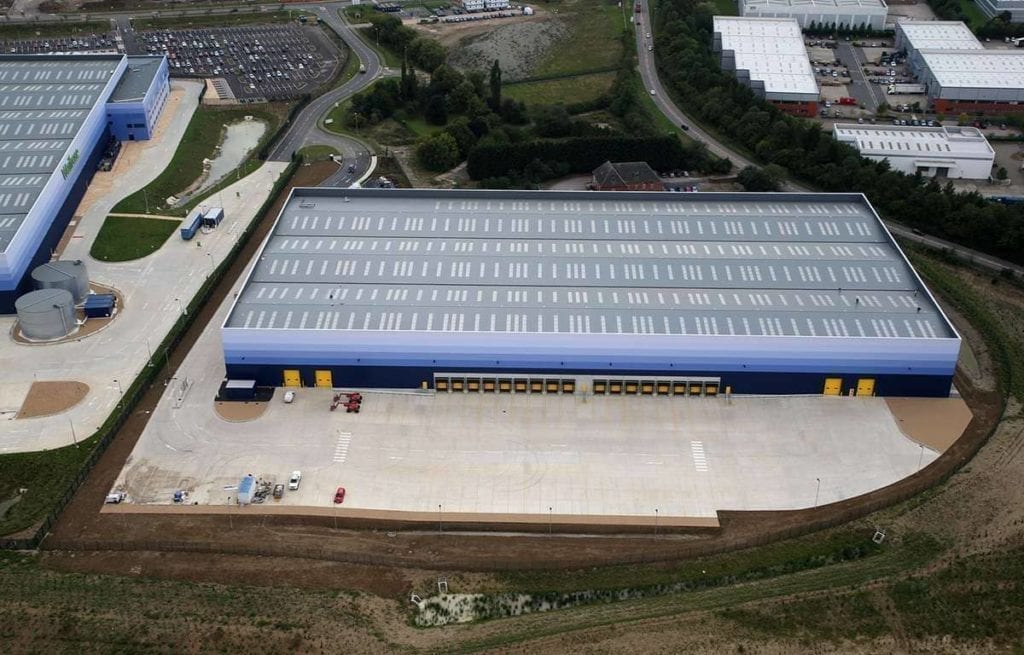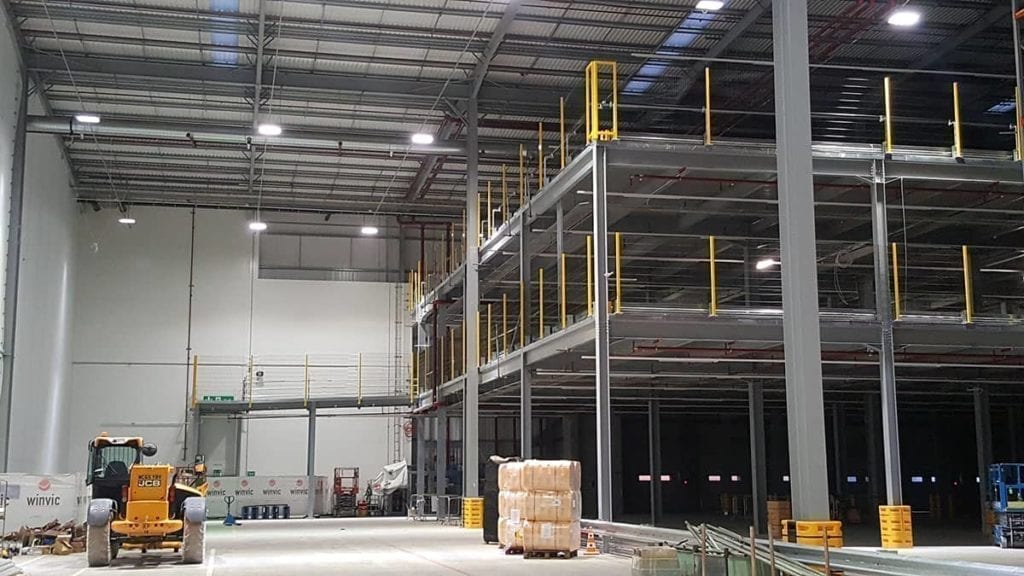Halt! Strategically placed wheel stops help drivers to manoeuvre accurately into designated spaces, with all the benefits that provides, as this article explains.
If you have never overshot a parking bay – or realised you are straddling the lines in a car park – then you deserve a medal. Even seasoned drivers who use commercial vehicles every day can have a moment of distraction or misjudgement, leaving them untidily parked and possibly the butt of colleagues’ jokes.
However, this is no laughing matter if manoeuvring a vehicle into place accurately is important.
This is when wheel stops can be invaluable for even highly competent drivers.
Logical reasons to install wheel stops
Before we get on to the different types of wheel stops, let’s look at how they can be used to good effect in commercial environments or public car parks.
Their value is not just in creating neat parking. Though in some situations this is important to keep productivity up, with HGVs and LGVs positioned appropriately. It also helps to keep major routes unhindered by inaccurately parked vehicles.
However, wheel stops become crucial when vehicles are constantly manoeuvring near expensive structures – or equipment such as EV charging stations. Giving drivers a clear guide can prevent a lapse in thinking leading to a large repair bill!
The other side of that costly coin is those occasions when overshooting a designated parking area results in damage to commercial vehicles. Potentially putting them out of action.
Wheel stops also prevent vehicles from constantly using your kerbs, walls and other structures as their indication to stop, which can gradually lead to substantial wear and tear.
Another important reason to find a supplier of commercial wheel stops is to remain compliant to H&S mandates. Using well-designed traffic movement and parking indicators keeps both drivers and pedestrians safer.
Placing wheel stops in workplaces and car parks
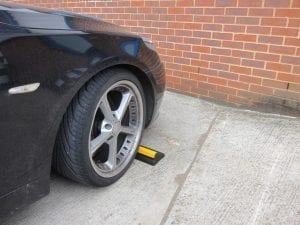
The first step is to carry out a thorough risk assessment and evaluate the best parking or loading area layout. Then, shop around for different levels and lengths of wheel stop.
The same principles apply whether this is a public car park, logistics centre, warehouse loading bay or emergency services centre. Wheel stops need to be placed strategically to provide an unmistakable sign that the edge of the zone has been reached.
They need to include a high-vis design, as part of their preventative role.
To be sure they last well in the face of constant knocks, scuffs and even forceable incursion, whatever category of wheel stop you specify needs to be made of strong, abrasion-resistant materials.
They also need to be quick to install wheel stops at affordable prices, so you can replace them or create new vehicle guides easily.
HGV and HLGV wheel stops

The likely force they will sustain affects the type of wheel stop you purchase.
For example, best practice in laying out HGV parking and loading bays demands a reasonably high, robust wheel stop that won’t buckle, fragment or split like traditional rubber versions.
Brandsafe sells strong wheel stops made from recycled truck tyres, moulded to enforce the last braking point. You get all the fixings needed to quickly add these HGV wheel stops to tarmac and concrete too.
There are more compact but equally collision-resistant wheel stops designed for HLGV locations too. Though not as high or long as the alternative mentioned above, these commercial leet wheel stops are a reliable way to help drivers of LGV vehicles manoeuvre with ease. These too come in kit form.
Traffic management in car parks
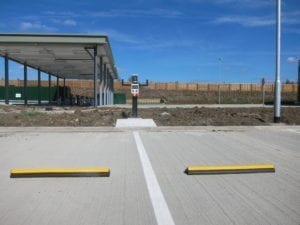
Another version of wheel stops to aid safe parking are ones designed specifically to manage car tyres.
Our durable car wheel stops are still made from recycled truck tyres. However, they are more compact than HGV and LGV wheel guides, to ensure that cars aren’t damaged. In other words, they are wheel stops that cater for vehicles with bodywork lower to the ground.
The best car park wheel stop arrays create clear space demarcation. This makes the best use of the available area, at the same time as preventing vehicles from overshooting bays, becoming a hindrance or colliding with structures.
Integrating wheel stops in traffic management plans
Creating the best combination of wheel stops, traffic bumps, HGV landing plates, delineator guides and clatter bars can keep vehicles flowing – and halting – safely and effectively on your site.
For help in stopping accidents, with strong wheel stops, give Brandsafe a call.

